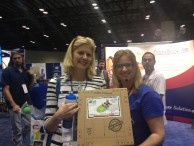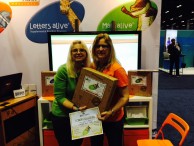The NYTimes recently posted an article titled, It’s ‘Alarming’: Children Are Severely Behind in Reading. In this blog post, Cynthia Kaye, CEO of Alive Studios, responds to each of the four challenges cited in the article.
When I read this article I was glad to see a major publication bringing our reading crisis up front and center for our nation to see so everyone can be mindful of the support our teachers and schools need. The article stated, “The kindergarten crisis of last year (2021), when millions of 5-year-olds spent months outside of classrooms, has become this year’s reading emergency.”
We have seen that reading scores have been a problem for many years. My team and I at Alive Studios have been working with teachers for over a decade on developing a unique and innovative approach that reaches young learners and helps them build the necessary skills to become confident readers. Letters alive is our captivating, brain-based resource using our patented 3D augmented reality technology to engage and excite students and help solve this literacy problem. We strategically created a cast of 26 zoo animals that help teach letters, letter sounds, and more in a way unlike any other. Why zoo animals? All kids can relate to animals in some way. Plus, animals make sounds and so do letters! These real world connections help make learning stick.
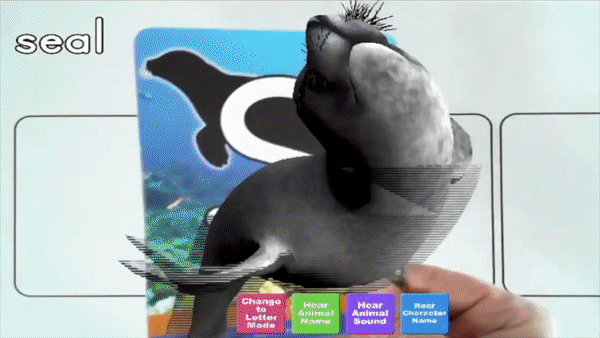
Throughout the New York Times article, I saw several specific challenges cited that schools are currently facing. Four of these challenges jumped out at me and I’d like to respond with how Alive Studios can help along with our community, schools, parents and teachers.
Let’s take a closer look at these four challenges.
1. “Children in every demographic group have been affected, but Black and Hispanic children, as well as those from low-income families, those with disabilities, and those who are not fluent in English, have fallen the furthest behind.”
I know it may sound over-simplified, but schools and teachers need engaging, joy-filled resources that are proven to accelerate learning and inspire children to read.
For years our country has been faced with the reality that only 35% of 4th graders are scoring at or above proficiency in reading. Now, post-pandemic, the US has an even greater number of students who are at risk, and the national gap in early reading skills has widened between Black and Hispanic students and their white counterparts. It’s clear that teachers need engaging, high-quality resources to assist them in creating an equitable learning environment. When Alive Studios began designing our supplemental learning programs, we focussed on brain science and the power of engagement, along with multisensory learning, and we created a novel, fun, and pedagogically sound approach to early literacy.

All of our resources are appropriately challenging for ALL students and deliver highly-engaging and effective learning experiences. Our evidence-based research and classroom case studies show that our supplemental programs and resources help early childhood students across all demographics master the foundational skills that lead to reading success.
The brain science behind processing and retaining information and what is required to open children’s minds for the most effective learning experiences isn’t specific to race or nationality. Case studies and independent research proves that engaging and fundamentally sound phonics instruction can get early learners in all demographics on a path for success as they enter higher grades. That statistic drives our team on a daily basis to continue moving forward for children everywhere.
2. “The causes of the literacy crisis are multifaceted, but many experts point to a shortage of educators trained in phonics and phonemic awareness.”
The National Center for Education Statistics has reported that nearly half of public schools (44%) currently have full or part-time teaching vacancies. To cover staffing vacancies, over half of these schools reported the increased need to use school staff outside of their intended duties. Others are lowering the standards for substitutes. A couple of problems can arise from this. One is the stress and burnout of already overloaded teachers who are imposed upon to step out of their classrooms to cover other staffing roles. Two is the dilemma of undertrained staff and/or substitutes put into positions to teach the foundational skills critical to future reading success.
As former educators, we intentionally designed our solutions to be easily implemented into a classroom’s daily phonics and phonemic awareness routines. Our easy-to-follow lesson plans coupled with our 3D technology delivers captivating and engaging experiences without putting extra stress and work on teachers. In addition, we have created multiple modeling videos of real teachers using our technology and lessons in their classrooms to deliver explicit instruction to their students. These videos are a great resource for teachers to help them implement lessons with fidelity; especially for staff or substitutes who may not have been formally trained in teaching phonics and phonemic awareness. It is our hope that the ease of use, combined with the high level of engagement that our solutions provide, will relieve some stress for administrators, teachers, and substitutes.
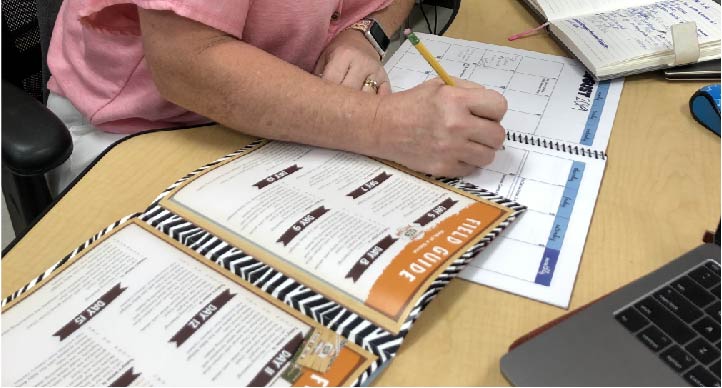
3. “Now, schools are under pressure to boost literacy as quickly as possible… more than twice as many first graders as before the pandemic tested at kindergarten levels or below in their literacy skills.”
This is a frightening statistic. These children need novel resources that accelerate learning and get them to grade level before moving into higher grades. Our supplemental program, Letters alive, has been proven to not only help students in the early grades master the foundational skills for reading, but we also have proof that our resources quickly boost literacy for students who are struggling to be at grade level. One of our case studies was done post-COVID specifically for a special education classroom of 1st-grade students in Gwinnett County Schools who were struggling at or below kindergarten levels in their literacy skills. They all needed targeted intervention to ready them for 2nd-grade. The teacher began using our supplemental ELA program, Letters alive, in her core instruction as well as for targeted intervention for each of her students. After 30 days of using the program, she was amazed at her students’ accelerated progress!

Our resources are proven to increase engagement, improve student behavior, and accelerate learning. In some cases, within 30 days, students can make strides in reading that have normally taken months to complete. We were so excited to see the results from this classroom case study, and can’t wait to see the progress from other classrooms around the country that are using our solutions.
4. “If Children do not become competent readers by the end of elementary school, the risks are “pretty dramatic,” Dr. Hogan said. Poor readers are more likely to drop out of high school, earn less money as adults and become involved in the criminal justice system.”
Yes, the realities are dramatic when children do not become proficient readers; but, this is not insurmountable. Engaging 3, 4, and 5 year olds with proven, phonics-based literacy instruction has the greatest impact on them becoming confident readers. Unfortunately, these crucial ages receive far less funding on average. “Children of all ages are important, but spending on the youngest children results in the greatest return on investment.” – Urban Institute, Dec. 2017
Generally speaking, a school’s reading scores don’t become public knowledge across a state or across the nation until the nationwide required testing in 4th, 8th, and 12th grades publishes the results. But, by then, it’s too late. Districts invest lots of funding at the grades prior to the nationwide testing grades in hopes of showing improvement over the previous year’s data. This way of thinking in some ways ignores the incoming Pre-K and K children making their way through the system. Each year, a new batch of students who are behind are entering the 1st, 2nd, and 3rd grades resulting in a constant flow that is unstoppable.
Therefore, effective core instruction in the early grades is extremely critical for every student’s success. It’s important to make the connection that when student engagement is low and all students are not meeting learning goals, it’s likely that core instruction is not engaging and needs a boost to strengthen it. If students are not reading on grade level by the end of 3rd grade, it’s likely they will never gain the confidence they need to be proficient readers. This is why it’s imperative to invest in the early years so that children can be ready for kindergarten; learning targets can be mastered; growth can be sustained; and achievement gaps can be closed for ALL students.

Research has shown that investments in young children can positively influence not only their well-being during childhood but also their long term social and economic outcomes as well. Teachers are in need of resources to supplement their core instruction that can get their students engaged, active, and experiencing joy and excitement while they are learning. That’s exactly why Letters alive was created. We believe that ALL children deserve to have the best experience possible when they’re learning to read. It’s actually our mission as a company – To create joy-filled and engaging 21st century learning experiences that win early literacy for every PreK and Kindergarten child in America.
If you are interested in learning more how we can help your young students win literacy please contact me: cynthia@alivestudiosco.com
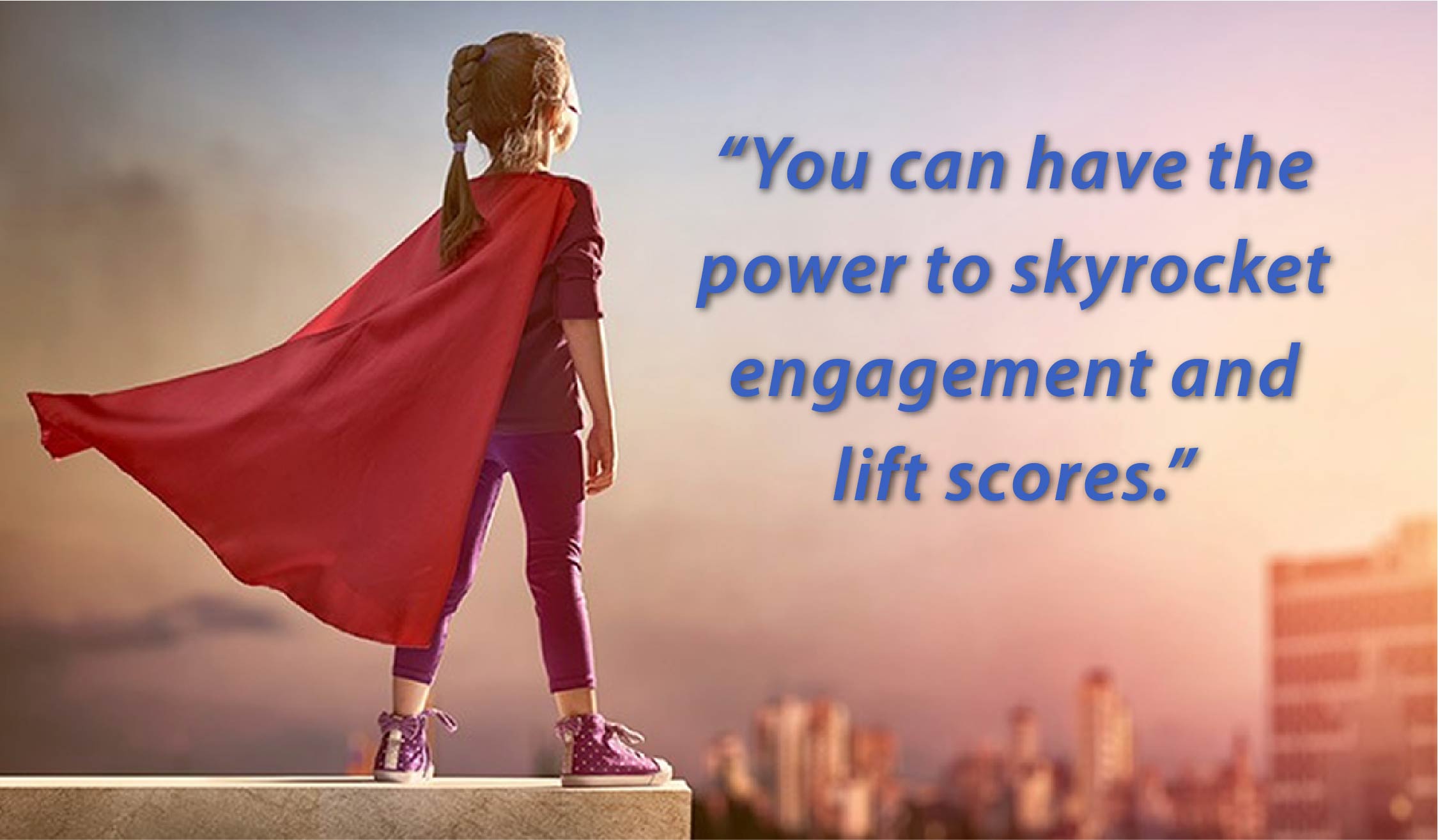





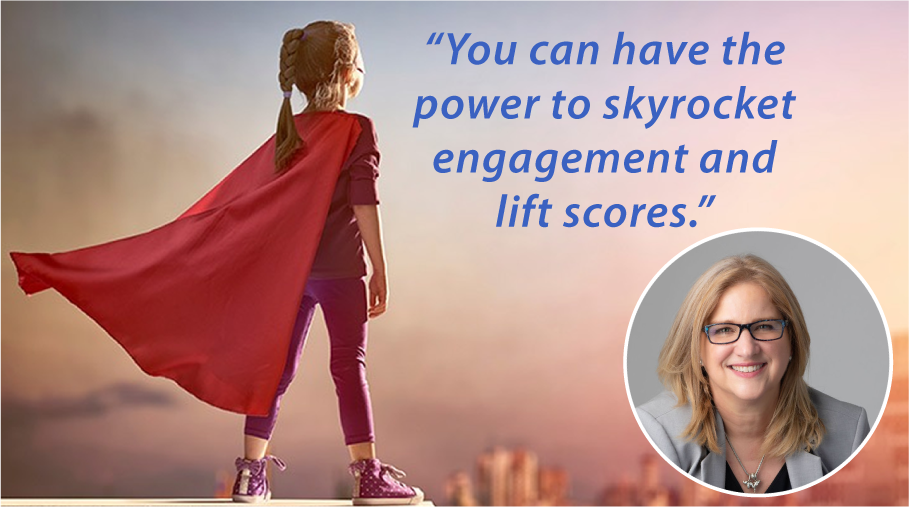
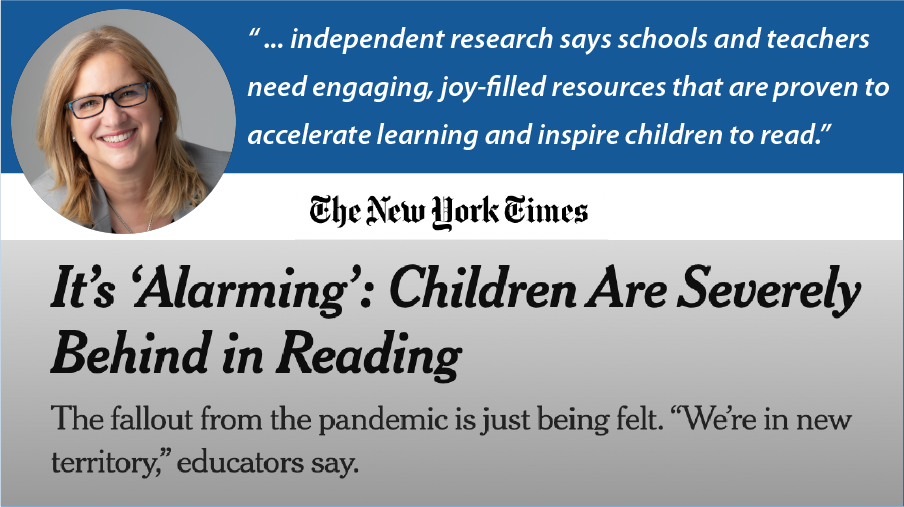







 My mom actually introduced Adaline to the
My mom actually introduced Adaline to the 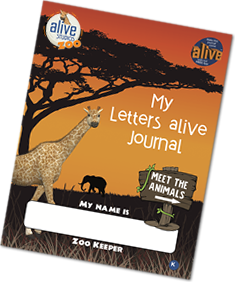
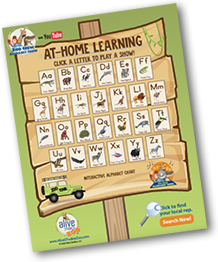

 Now, with schools and businesses closed down, we have the time to brainstorm ideas for how we can help make a difference for educators, parents, and children. And… you guessed it! The production of our kid show came to mind! The ideas for the Zoo Crew Alphabet Show came flooding in! After our team was able to hash out our desired format, we began production and posting episodes onto our YouTube Channel,
Now, with schools and businesses closed down, we have the time to brainstorm ideas for how we can help make a difference for educators, parents, and children. And… you guessed it! The production of our kid show came to mind! The ideas for the Zoo Crew Alphabet Show came flooding in! After our team was able to hash out our desired format, we began production and posting episodes onto our YouTube Channel, 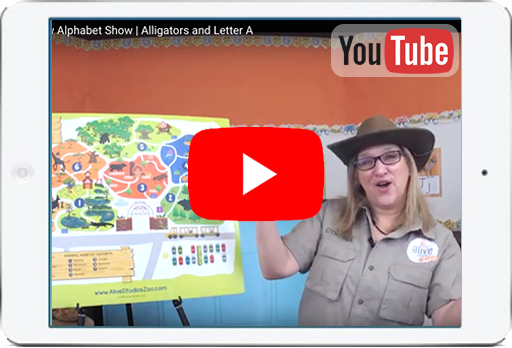

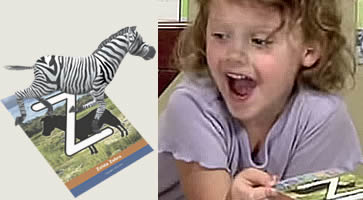
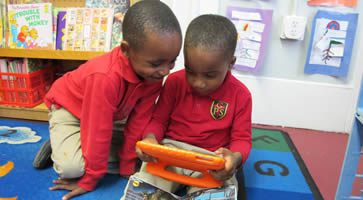
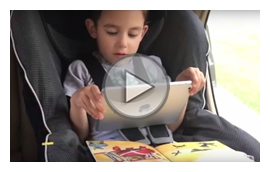
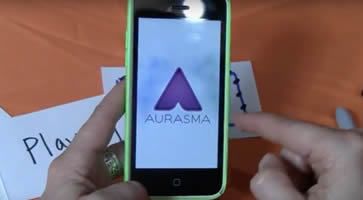
 I know we are all looking for differentiated learning experiences that engage our students. One of the products I want to share with you is called Aurasma. Aurasma is a free DIY (do it yourself) augmented reality app for your smart device. You can use it to “bring to life” anything or object in your classroom. The thing I really like is its intuitive menu system. It doesn’t take long at all to find your way around it and begin creating your own augmented reality magic.
I know we are all looking for differentiated learning experiences that engage our students. One of the products I want to share with you is called Aurasma. Aurasma is a free DIY (do it yourself) augmented reality app for your smart device. You can use it to “bring to life” anything or object in your classroom. The thing I really like is its intuitive menu system. It doesn’t take long at all to find your way around it and begin creating your own augmented reality magic. 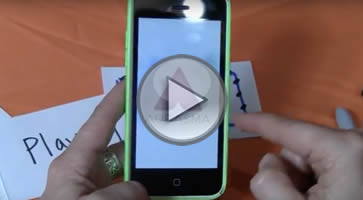

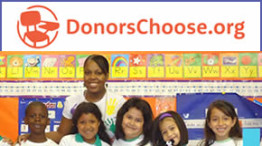 DonorsChoose.org makes it easy for anyone to help a classroom in need. Public school teachers from every corner of America create classroom project requests, and donors can give any amount to the project that inspires them. Teachers simply post their need and the product they wish to have, and donors can choose to make donations to fund the project. According to their website, over 70% of projects get funded. Periodically, Bill and Melinda Gates offer a matching program where they match any project donation.
DonorsChoose.org makes it easy for anyone to help a classroom in need. Public school teachers from every corner of America create classroom project requests, and donors can give any amount to the project that inspires them. Teachers simply post their need and the product they wish to have, and donors can choose to make donations to fund the project. According to their website, over 70% of projects get funded. Periodically, Bill and Melinda Gates offer a matching program where they match any project donation.
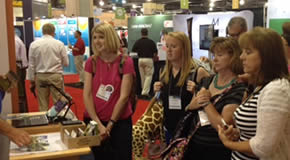
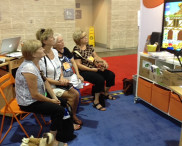 The traffic seems non-stop at the shows and the attendees are always hungry for the latest technology trends in education. This, of course, is right up our ally since we are the world’s first company to develop an full-year, early education, supplemental curriculum using augmented reality technology. Our small booth size is compensated for by our 3D animated animal characters bellowing out of our sound system, which makes it tough for passers by to not be drawn into the curiosity zone.
The traffic seems non-stop at the shows and the attendees are always hungry for the latest technology trends in education. This, of course, is right up our ally since we are the world’s first company to develop an full-year, early education, supplemental curriculum using augmented reality technology. Our small booth size is compensated for by our 3D animated animal characters bellowing out of our sound system, which makes it tough for passers by to not be drawn into the curiosity zone.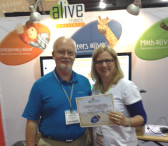 We hold a drawing, which is open to all attendees who enter their names. On the last day of the show, we draw quite a crowd as we announce the winner.
We hold a drawing, which is open to all attendees who enter their names. On the last day of the show, we draw quite a crowd as we announce the winner. 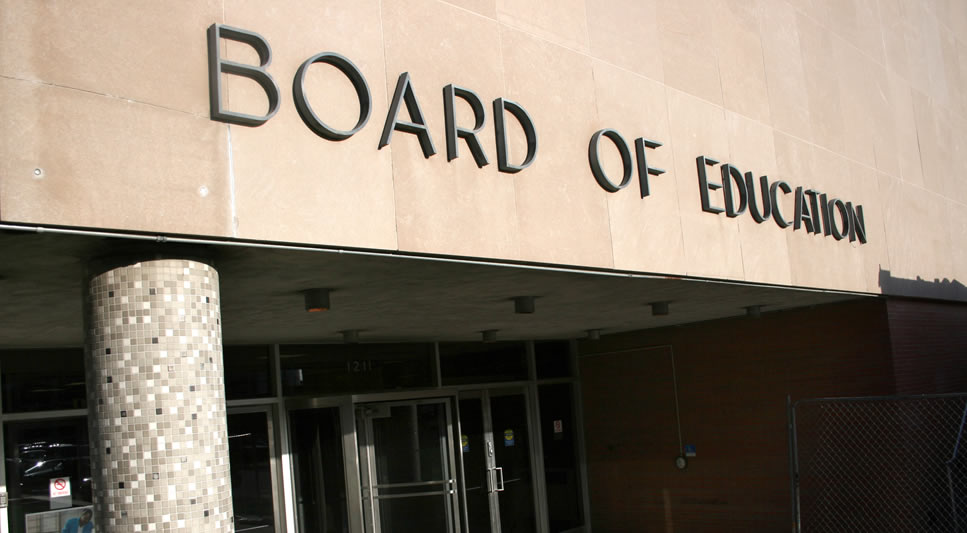
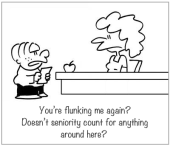 According to the National Center for Educational Statistics, retaining a child can result in bullying or victimization and increase the likelihood of dropping out of school before graduation. This fact, coupled with the exorbitant costs associated with repeating a grade, prompted us to dig into a solution. Nationally, the majority of retention decisions are among Kindergarten and First Graders with reading proficiency being cited as the number one measurement. The greatest contributors to the reduction in retention rates over the last decade has been the lowering of the standards bar and avoidance-based promotions aimed at preventing the negative results that may occur from retention. Unfortunately, few schools are focusing on actually increasing literacy as a means of decreasing retention rates.
According to the National Center for Educational Statistics, retaining a child can result in bullying or victimization and increase the likelihood of dropping out of school before graduation. This fact, coupled with the exorbitant costs associated with repeating a grade, prompted us to dig into a solution. Nationally, the majority of retention decisions are among Kindergarten and First Graders with reading proficiency being cited as the number one measurement. The greatest contributors to the reduction in retention rates over the last decade has been the lowering of the standards bar and avoidance-based promotions aimed at preventing the negative results that may occur from retention. Unfortunately, few schools are focusing on actually increasing literacy as a means of decreasing retention rates. Cynthia B. Kaye
Cynthia B. Kaye
 Alive Studios is introducing the Mac version of its Augmented Reality early literacy software program at the ISTE Expo in Philadelphia, PA. This product release is expected to be welcomed by School Districts who use Mac Technologies exclusively.
Alive Studios is introducing the Mac version of its Augmented Reality early literacy software program at the ISTE Expo in Philadelphia, PA. This product release is expected to be welcomed by School Districts who use Mac Technologies exclusively.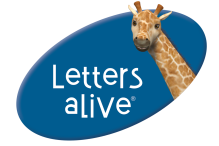 being used in more than 1,000 classrooms around the world. Its low cost and ease of use has made it very popular among schools looking to use technology to fight early literacy problems,” stated Cynthia B. Kaye, CEO (and Chief Zoo Keeper) of Alive Studios.
being used in more than 1,000 classrooms around the world. Its low cost and ease of use has made it very popular among schools looking to use technology to fight early literacy problems,” stated Cynthia B. Kaye, CEO (and Chief Zoo Keeper) of Alive Studios. 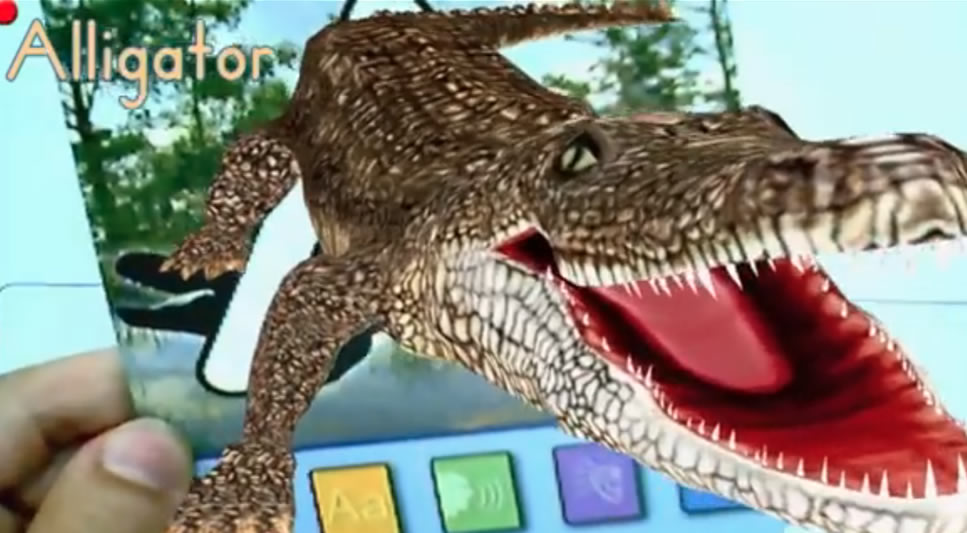

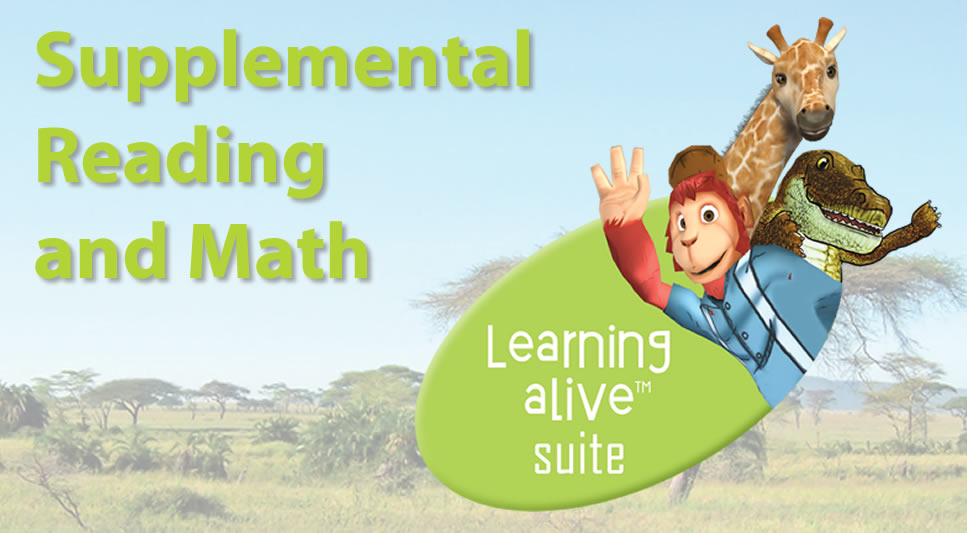
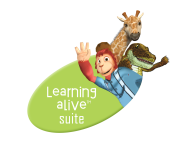 Alive Studios announces the release of
Alive Studios announces the release of 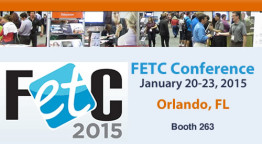
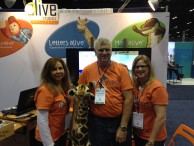 Our next stop on the trade show circuit was the FETC Convention in sunny Orlando, Florida. What a treat to have 60+ degree weather in January!
Our next stop on the trade show circuit was the FETC Convention in sunny Orlando, Florida. What a treat to have 60+ degree weather in January!
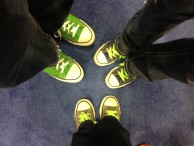 We are on a mission to get children proficient in reading and math by the third grade, and FETC was another great stop on the crusade.
We are on a mission to get children proficient in reading and math by the third grade, and FETC was another great stop on the crusade.